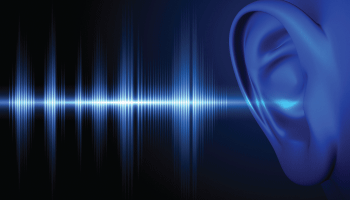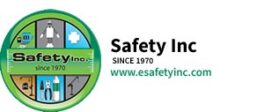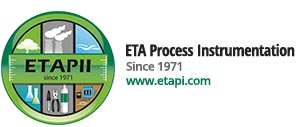
Those that work in industrial settings may find themselves exposed to levels of noise that can cause long term damage to their hearing. Most understand that being subjected to a loud, instantaneous noise can damage hearing beyond repair, but employees exposed to a lower noise level over the course of their working life can suffer the same consequences. It can be difficult to understand the terminology used to measure noise and the respective limits we place on noise levels to protect employees in the workplace, resulting in employers often working with consultants or other experts to ensure compliance. However, to improve employee engagement and awareness, having a better understanding of this terminology could help save workers from occupational deafness and other hearing related diseases.
Sound is measured in deciBels (dB), a logarithmic scale that means every three deciBel increase equates to double the amount of sound energy. This doubling of noise energy also equates to a doubling of risk to hearing damage, making relatively small increases in deciBels have a significant effect on employee health.
It depends on the local legislation, but in general there are two different types of ‘action levels’, or values. Firstly, based on exposure to noise over an eight-hour period which, if exceeded, can cause hearing damage over the period of working life. Suitable hearing protection must be made available for workers when there’s a daily or weekly exposure above action levels (e.g. starting at 80dB(A) for optional PPE in the EU and UK) and suitable hearing protection must be worn by employees when the daily or weekly exposure exceeds 85dB(A). In the UK, the eight-hour exposure period is known as the LEP,d, in Europe it’s denoted by LEX,8h, and in the US this timeframe is referred to as the Time Weighted Average (TWA). These exposures are all standardised to an 8-hour working day so that individuals with different exposure times and shift durations can all be compared to the same action values.
With the eight-hour averaged action levels, employers must measure representative samples of employees’ exposure to noise. To do this, an average measurement must be taken which in the UK is called an LAEQ (Equivalent Continuous Sound Energy Level) and in the US is known as LAVG. This is a logarithmic average. This is done with a handheld sound level meter or a noise dosimeter which can be work throughout the day. In the case of the noise dosimeter, as it is worn through the day it will display the 8-hour noise exposure.
An LAEQ is the (A) weighted average, a frequency weighting to represent how the human ear hears noise. If the workplace in which the sample is taken from is continuously noisy then the measurement can be taken over the course of a few minutes as this is a representative average of the conditions throughout the day. If the noise is more variable, longer samples will be needed to get a representative average and should be representative of where the individual exposed is located. This value is then used to calculate the exposure in line with the time that they are in this environment.
Most people take the raw value of the measured average and wrongly take this is the 8-hour exposure level to compare to action values – if the worker is only working in an environment with this sound level for six hours and conducts other duties in quieter environments for the remaining two hours, you could be overprotecting them costing extra money and even introducing risk.
The other action level that employers and workers should be aware of is referred to as peak noise level, exceeding this level of noise even once throughout the day can cause instantaneous hearing damage. In the UK, these action values start at 135dB(C) and in the US it is 140dB(Z). These are C-weighted parameters that in the UK are notated by LCpeak and in the US, LZpeak. The ‘Z’ and ‘C’ in these parameters represent how the human ear responds to noise at these higher levels.
Measuring the level of noise exposure to an employee that is stationary throughout the day is relatively easy. A handheld sound level meter can accurately collect the samples necessary to calculate the time weighted average across the working day.
This becomes more difficult for mobile workers that are exposed to varying levels of noise depending on their daily activities. To attain an accurate sample for these employees, a noise dosimeter should be attached to the person throughout their entire working day. As the worker will wear the device for the entire eight hours, employers can deduce their time weighted exposure by the readings taken by the dosimeter, without having to do any calculations.
As always, it’s advisable to work with experts in noise and environmental monitoring such as Occupational Health consultants and to use monitoring equipment that is accurate and reliable.



